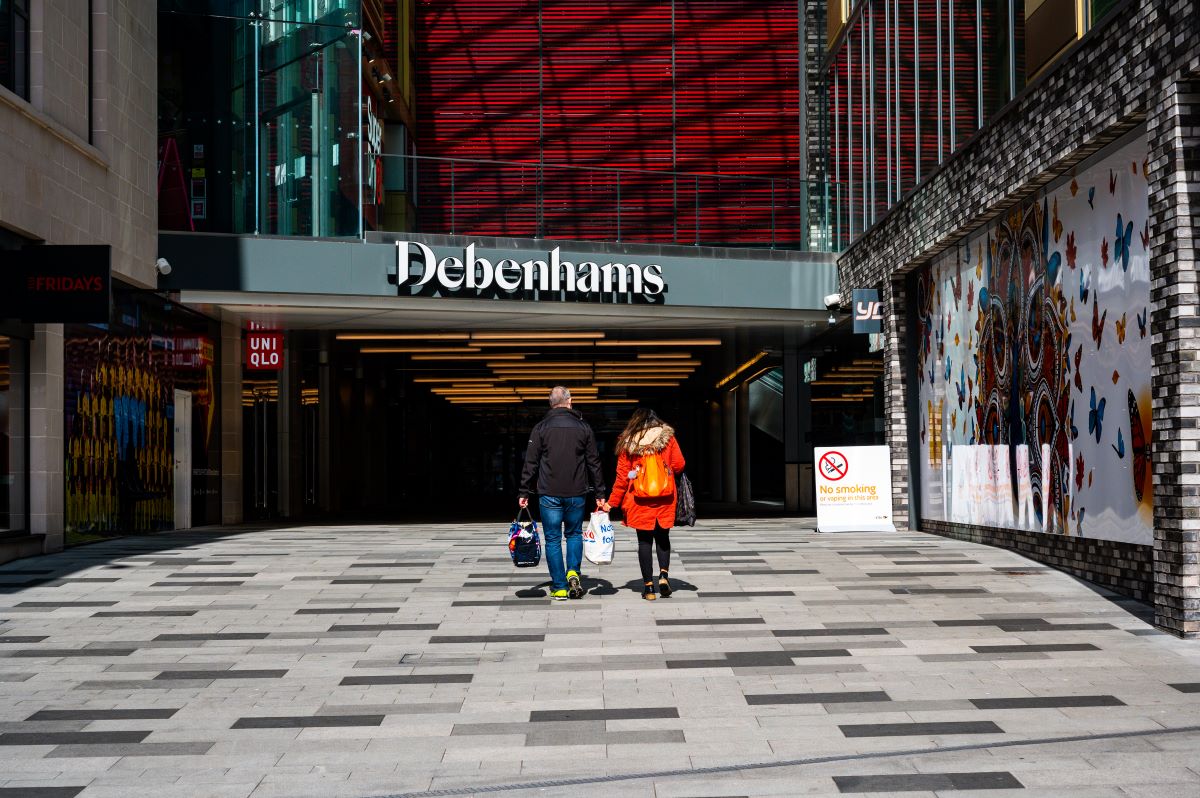The decline of Britain’s industrial powerhouses isn’t a slow burn — it’s an implosion, stripping away jobs, heritage, and hope from regions that once fueled the nation’s economy.
1. High Streets Abandoned
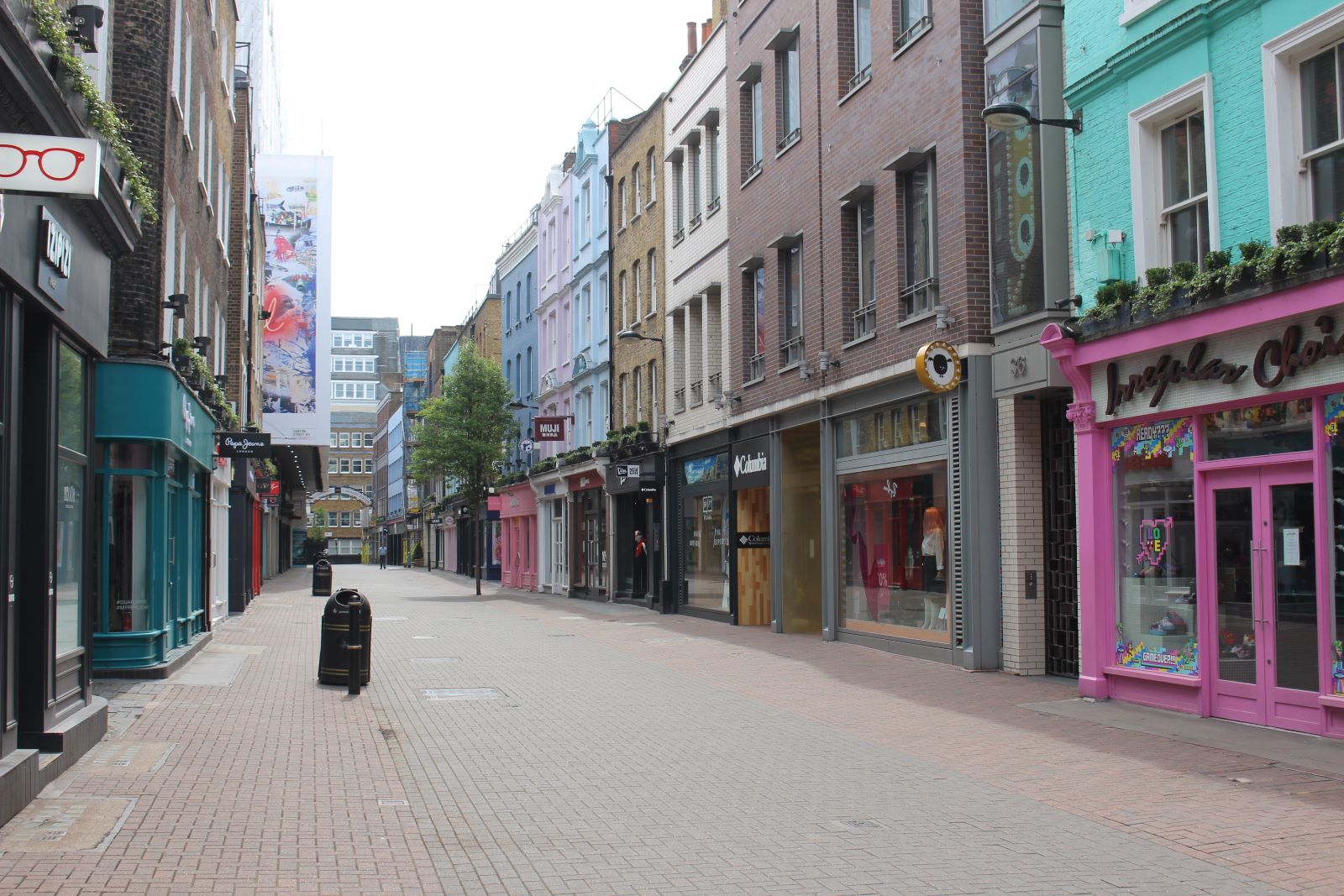
Britain’s high streets are disintegrating, with 47 shops closing every day in 2023. Retail giants like Wilko and Paperchase have vanished, as nearly 150,000 retail jobs were lost between 2020 and 2023. Online shopping is thriving at the expense of once-vibrant town centres.
2. Steel on the Brink
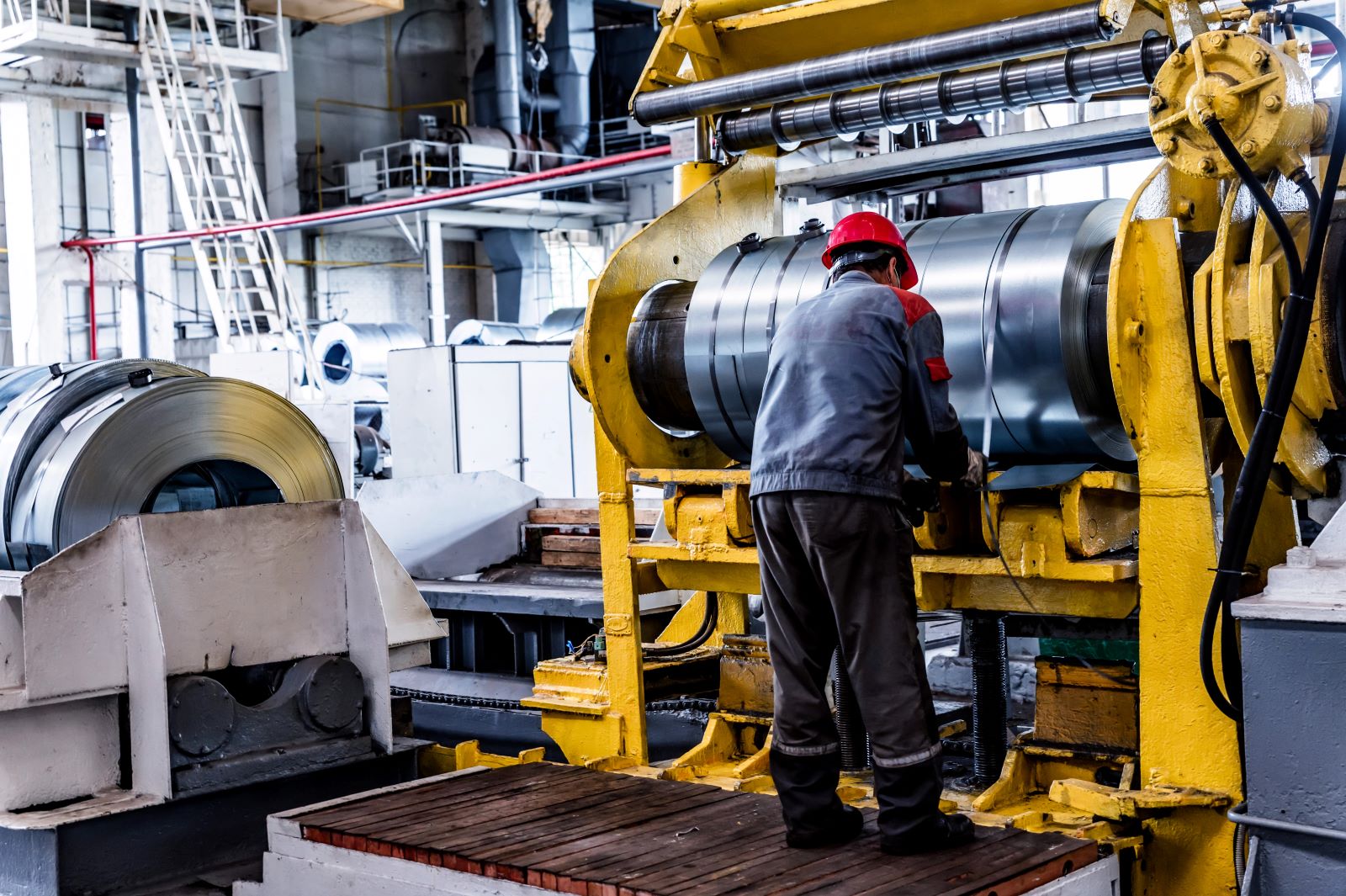
UK steel, once the cornerstone of British manufacturing, is barely hanging on. British Steel’s rescue by Jingye in 2019 was a temporary reprieve, but with energy costs soaring, the industry’s output has dropped by over a third in the last decade. Without serious government support, steel could be finished.
3. Print Newspapers Dying

Print newspaper circulations have plummeted by 54% over the past decade. In 2023, The Guardian cut 180 jobs, and regional titles continued to shut down as advertising revenue evaporated. The days of print media as a cultural force are numbered.
4. Post Offices Vanishing

Over 1,200 post offices closed between 2020 and 2022, particularly in rural areas. This essential service is disappearing, leaving many communities without basic banking and postal access, a trend that worsens the digital divide.
5. Coal’s Last Stand
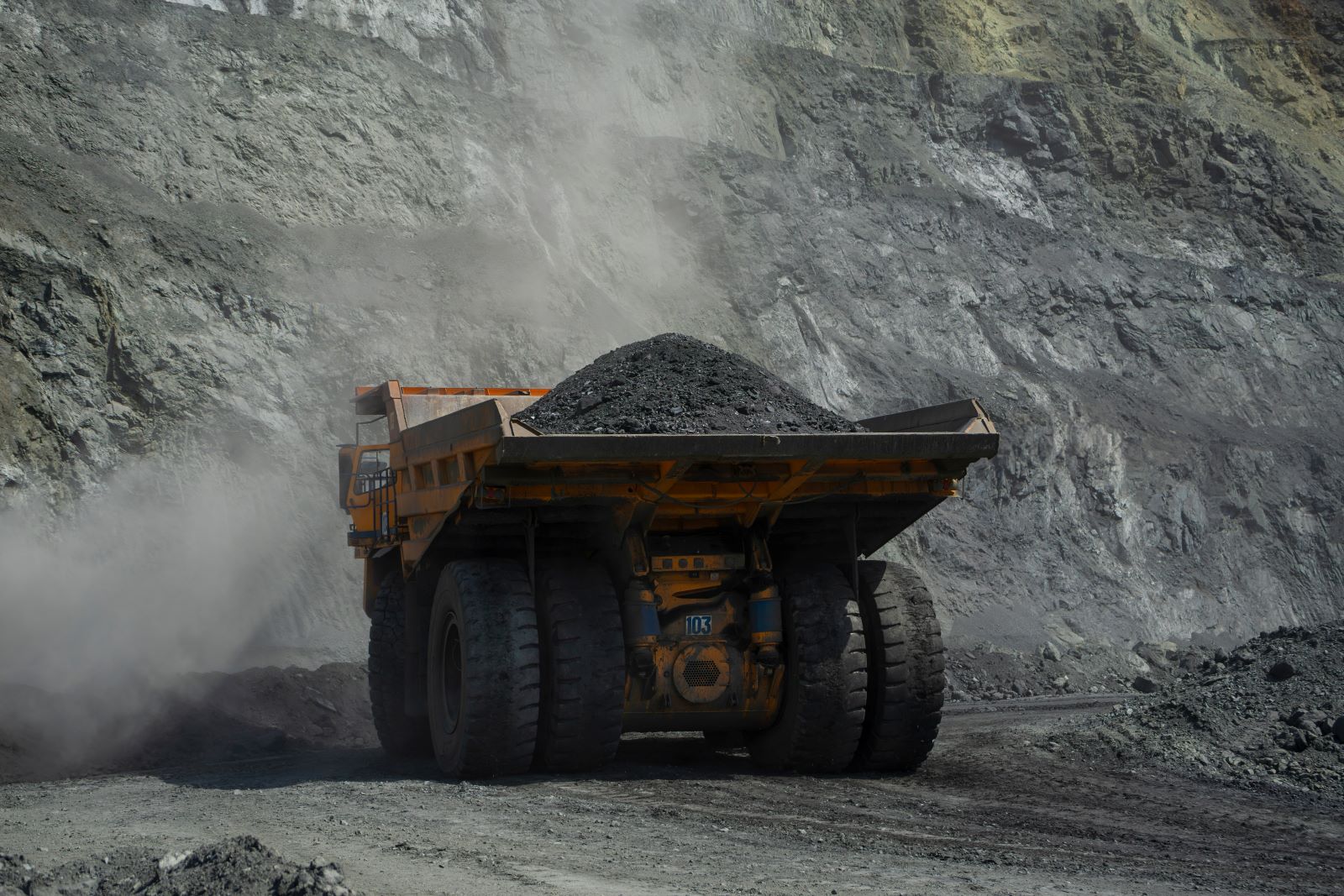
Coal, once the engine of Britain’s industrial might, is now nearly extinct. Production hit a historic low of 1.6 million tonnes in 2021, and the closure of Aberpergwm Mine in 2023 marked the end of deep coal mining in the UK. Renewable energy has taken over.
6. Pubs on the Edge

Pubs, a cornerstone of British culture, are closing at a record pace. Since 2020, over 2,000 have shut down, according to CAMRA. Rising costs and changing drinking habits are driving these closures, threatening the fabric of local communities.
7. Cement Industry Crumbling
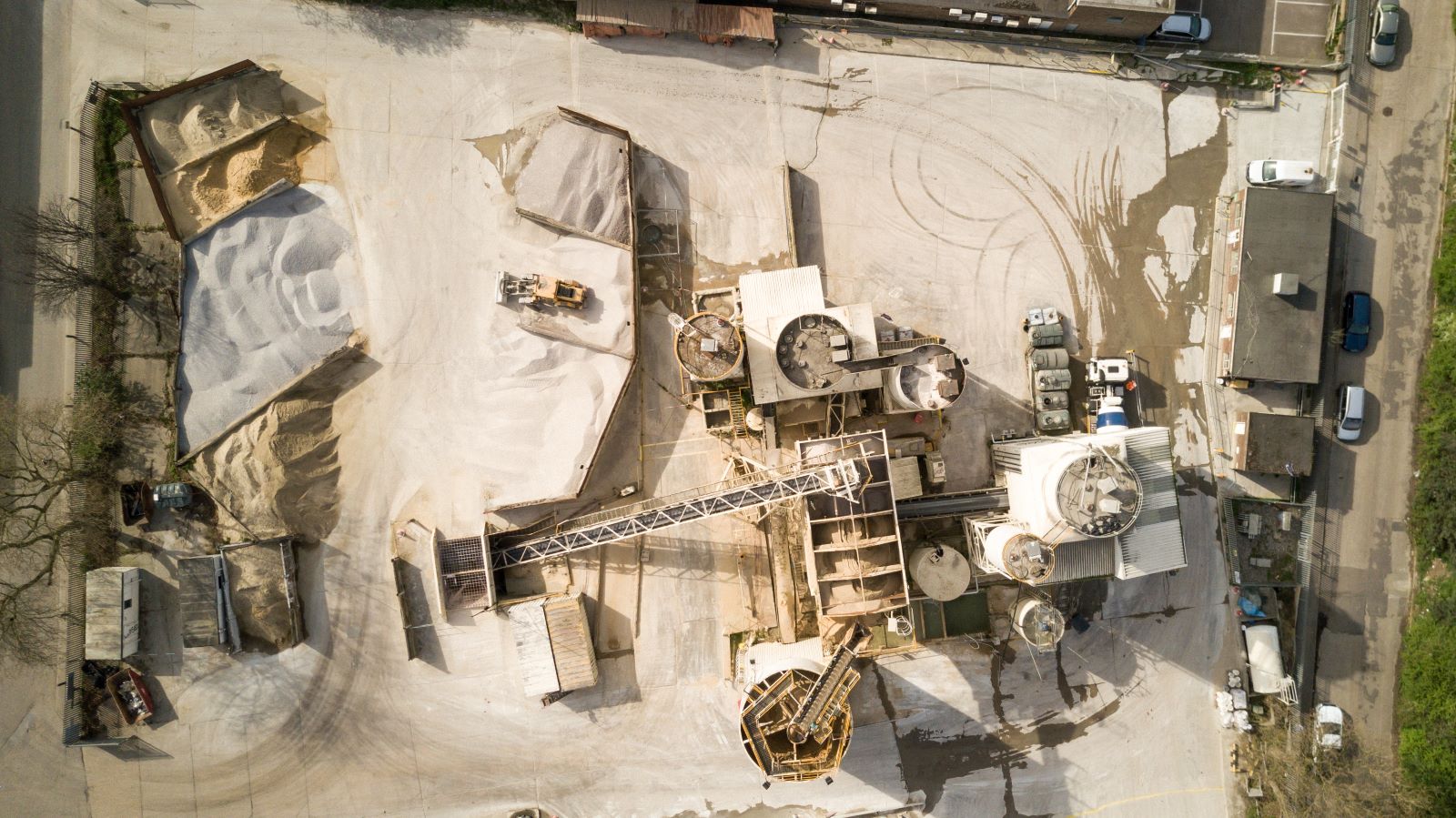
The UK cement industry is facing collapse. Lafarge’s Cauldon plant shut down in 2022, with 180 jobs lost. Rising energy prices and environmental pressures are crushing the sector, which saw an 8% drop in production in 2022.
8. Textile Mills Silent
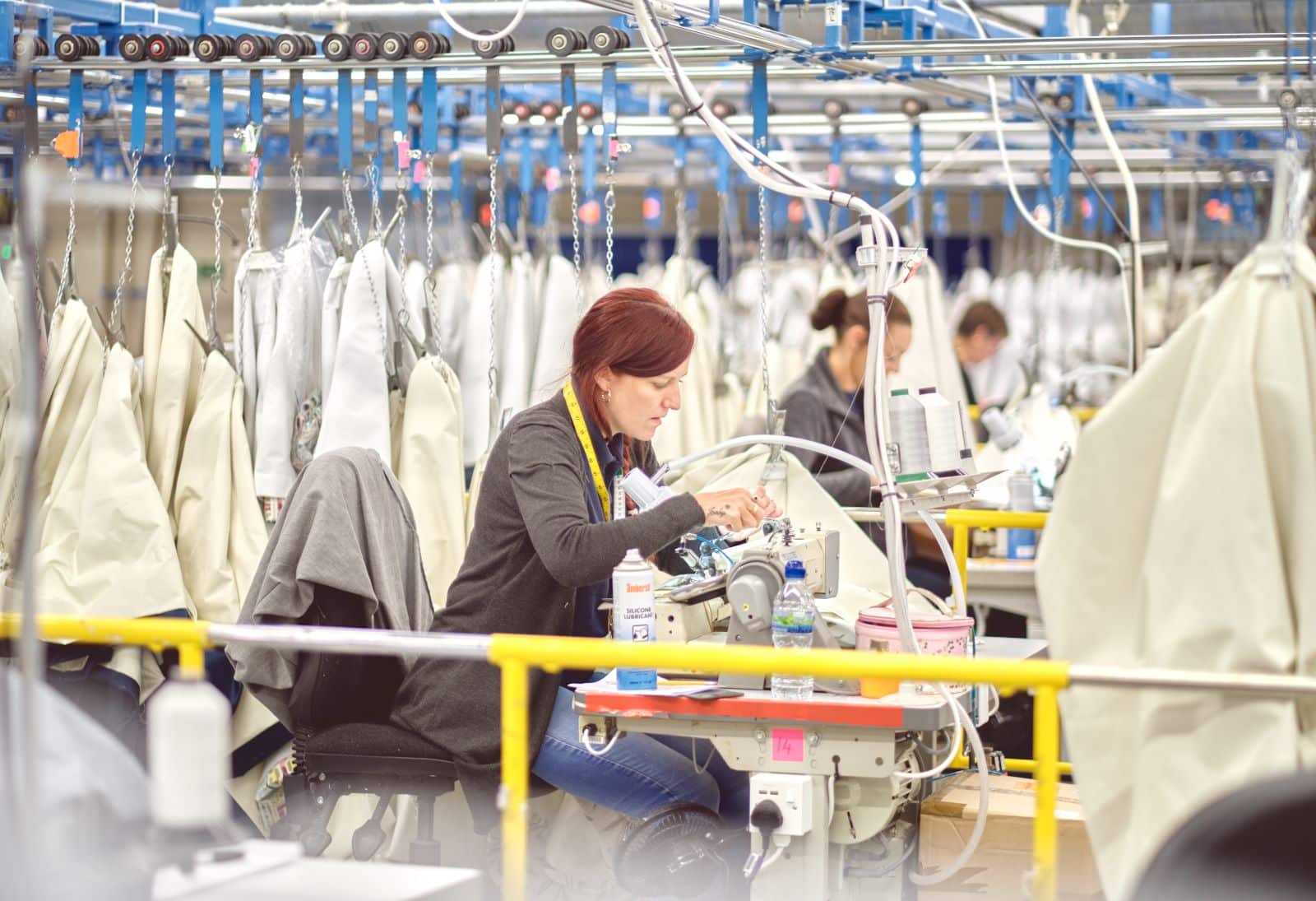
Once a global textile leader, Britain’s industry has dwindled, losing 90% of its workforce since the mid-20th century. Iconic mills in Lancashire and Yorkshire stand abandoned, unable to compete with cheaper Asian production.
9. Pottery in Pieces

The UK pottery industry, centred in Stoke-on-Trent, has been devastated. Employment has dropped by 85% since the 1970s, with production lines outsourced to Asia. Iconic brands like Wedgwood are now manufactured largely abroad.
10. Dairy Farms Drying Up
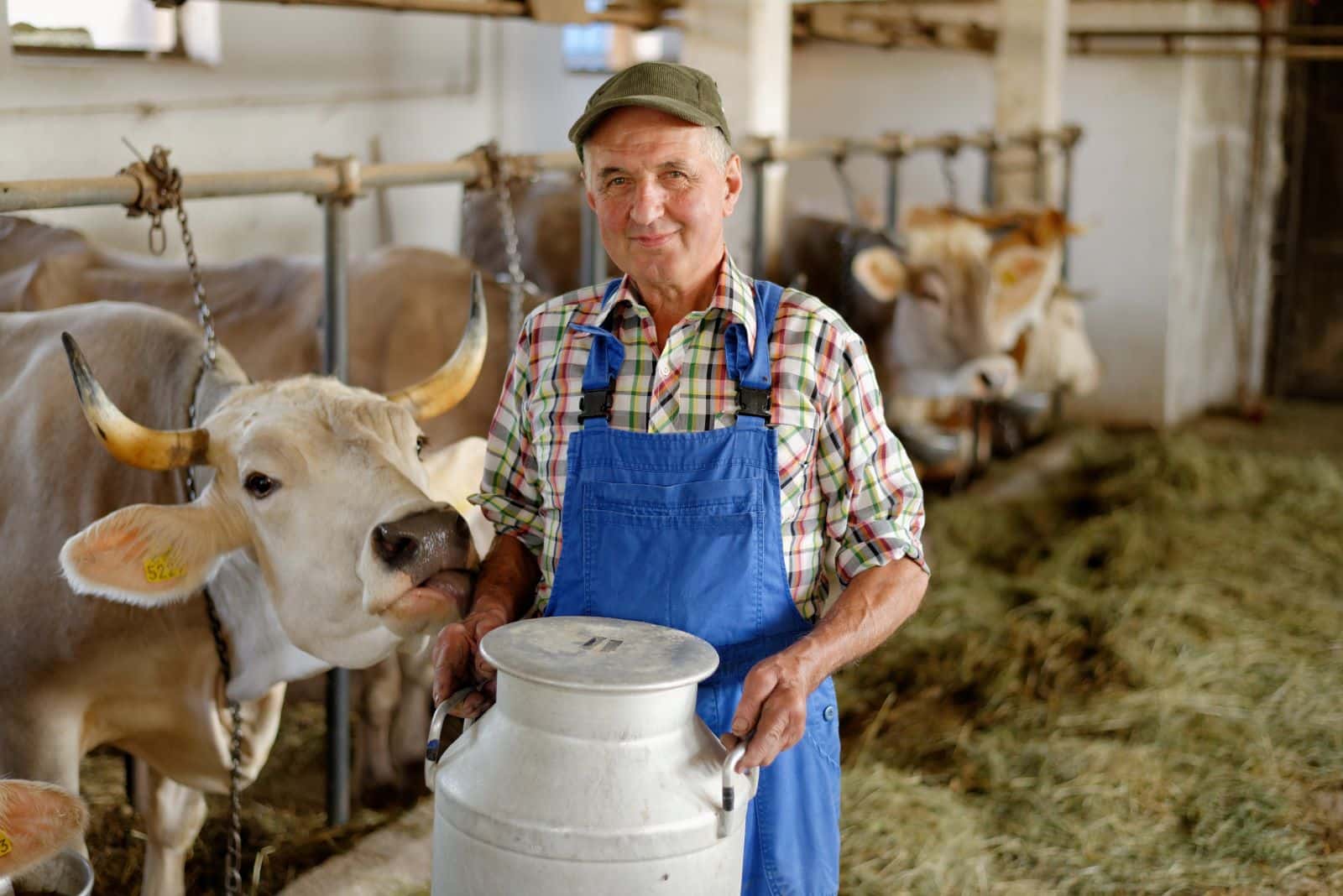
Britain’s dairy industry is in decline, with the number of dairy farms plummeting from 35,000 in 1995 to fewer than 8,000 in 2023. Supermarket price wars and rising costs are squeezing small farmers out of the market.
11. Shipbuilding in Ruins
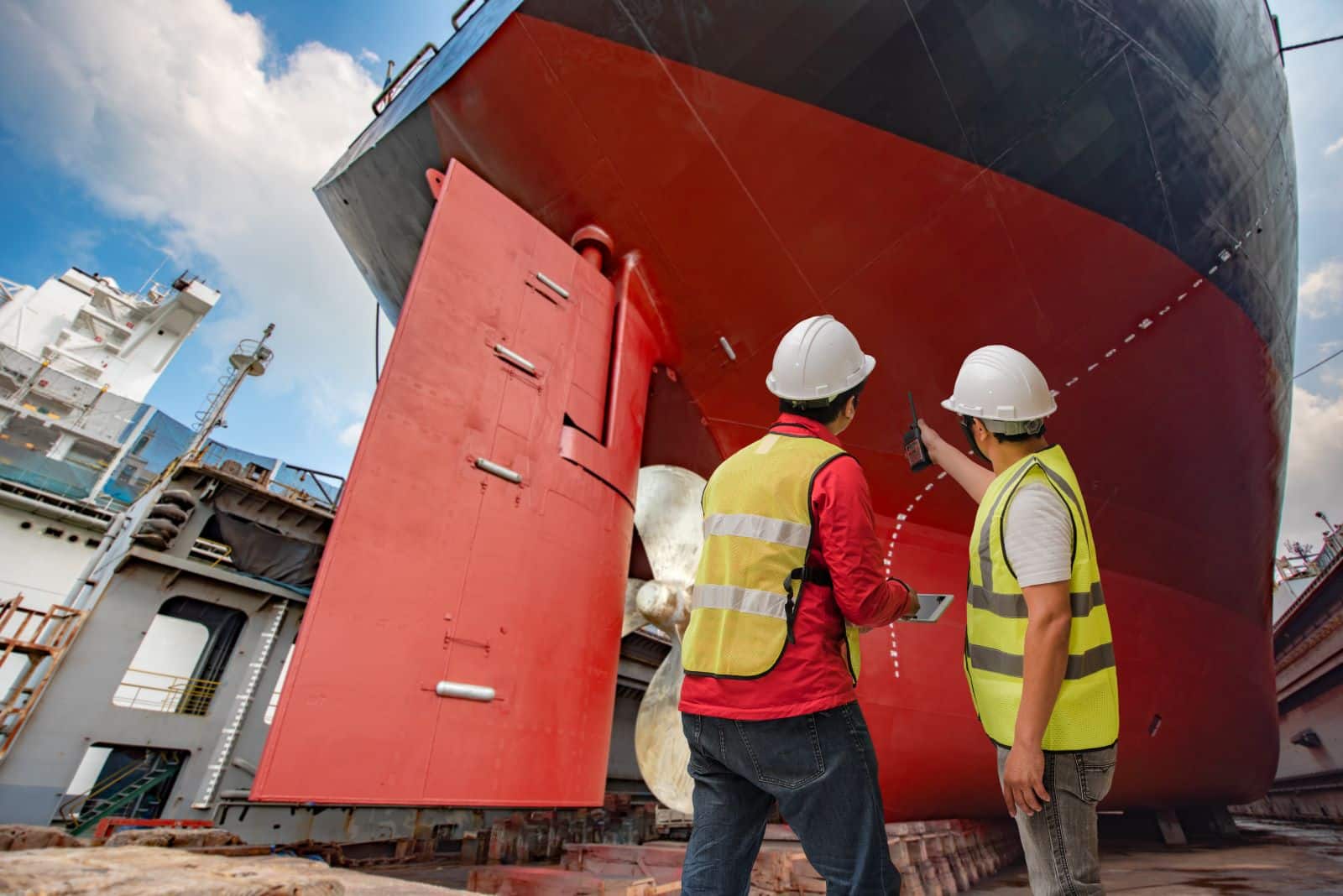
British shipbuilding is in terminal decline. Clyde shipyards, once a global leader, now rely on government contracts to survive. The closure of Appledore Shipyard in Devon in 2019 symbolised the industry’s collapse, with the UK accounting for less than 0.2% of global output.
12. North Sea Oil Drying Up

North Sea oil and gas production has dropped by 60% since 1999. A 2023 report warned that over 80,000 jobs could vanish by 2030 as fields are decommissioned and renewables take over. The end of oil dominance is inevitable.
13. Aerospace Losing Altitude

The UK aerospace sector lost over 30,000 jobs between 2020 and 2021, and Airbus cut 1,700 jobs in 2020 alone. The industry is struggling to regain its footing post-pandemic, with high costs and competition threatening long-term recovery.
14. Automotives Stalling
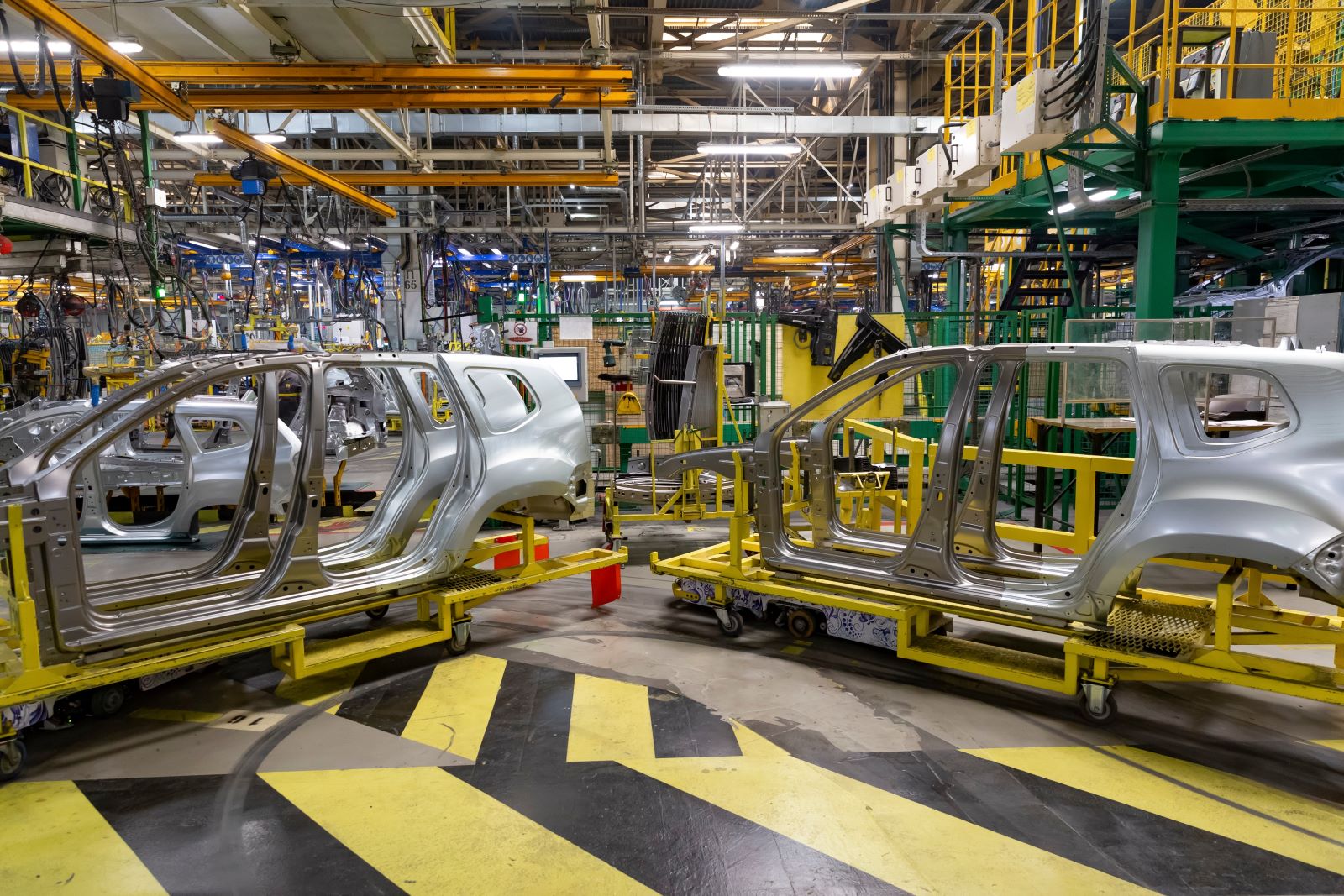
Brexit uncertainty and slow investment in electric vehicles have left the UK automotive industry at risk. Jaguar Land Rover’s £15 billion electric vehicle investment was paired with plans to cut 2,000 jobs by 2025, a sign of the sector’s precarious state.
15. Fishing Grounds Depleted
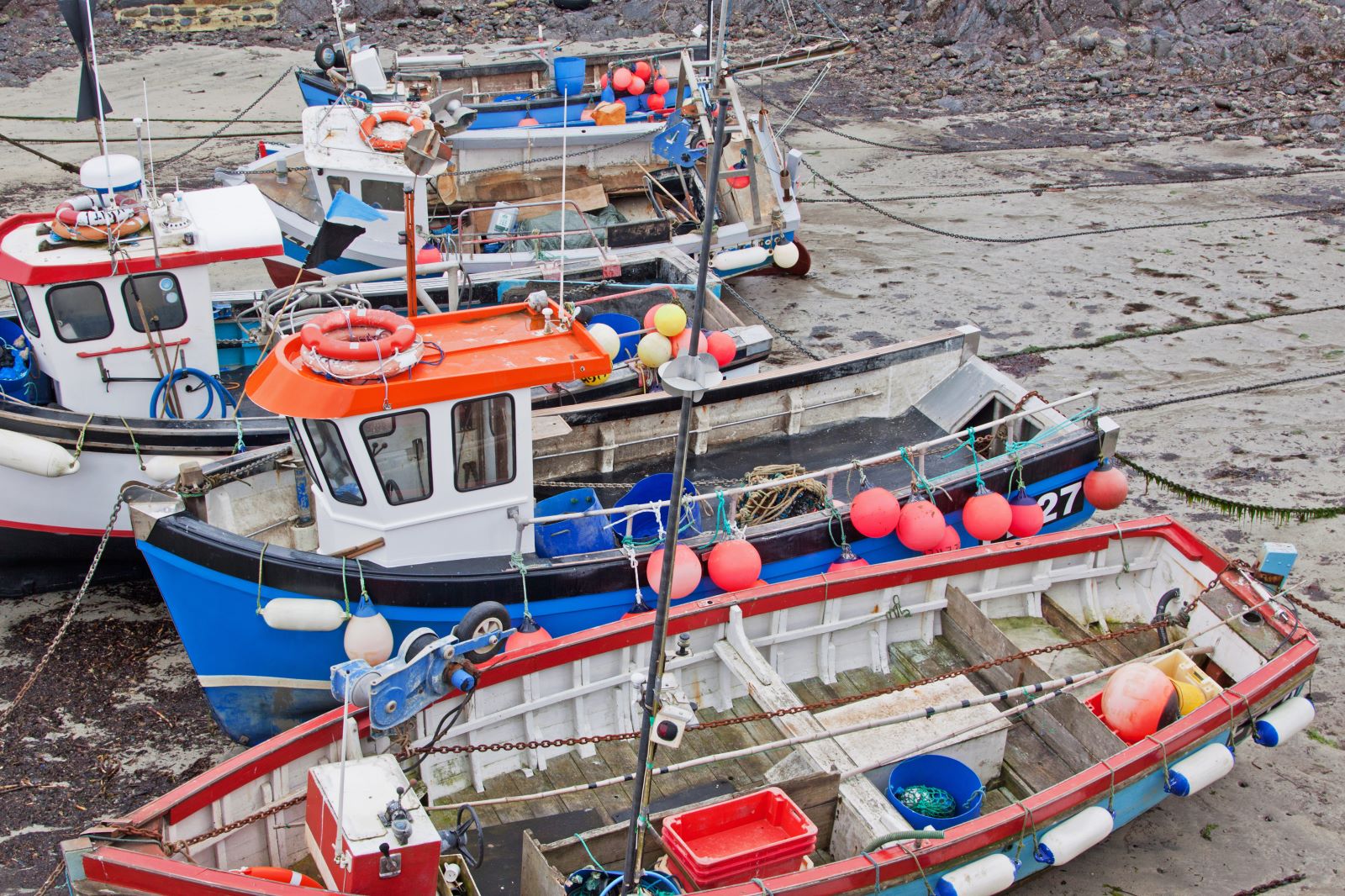
UK fishing, touted as a post-Brexit success story, has struggled. Industry revenues fell 14% in 2021, and ongoing disputes over fishing rights have left communities like Cornwall and Grimsby facing economic uncertainty.
16. Glass Industry Shattered
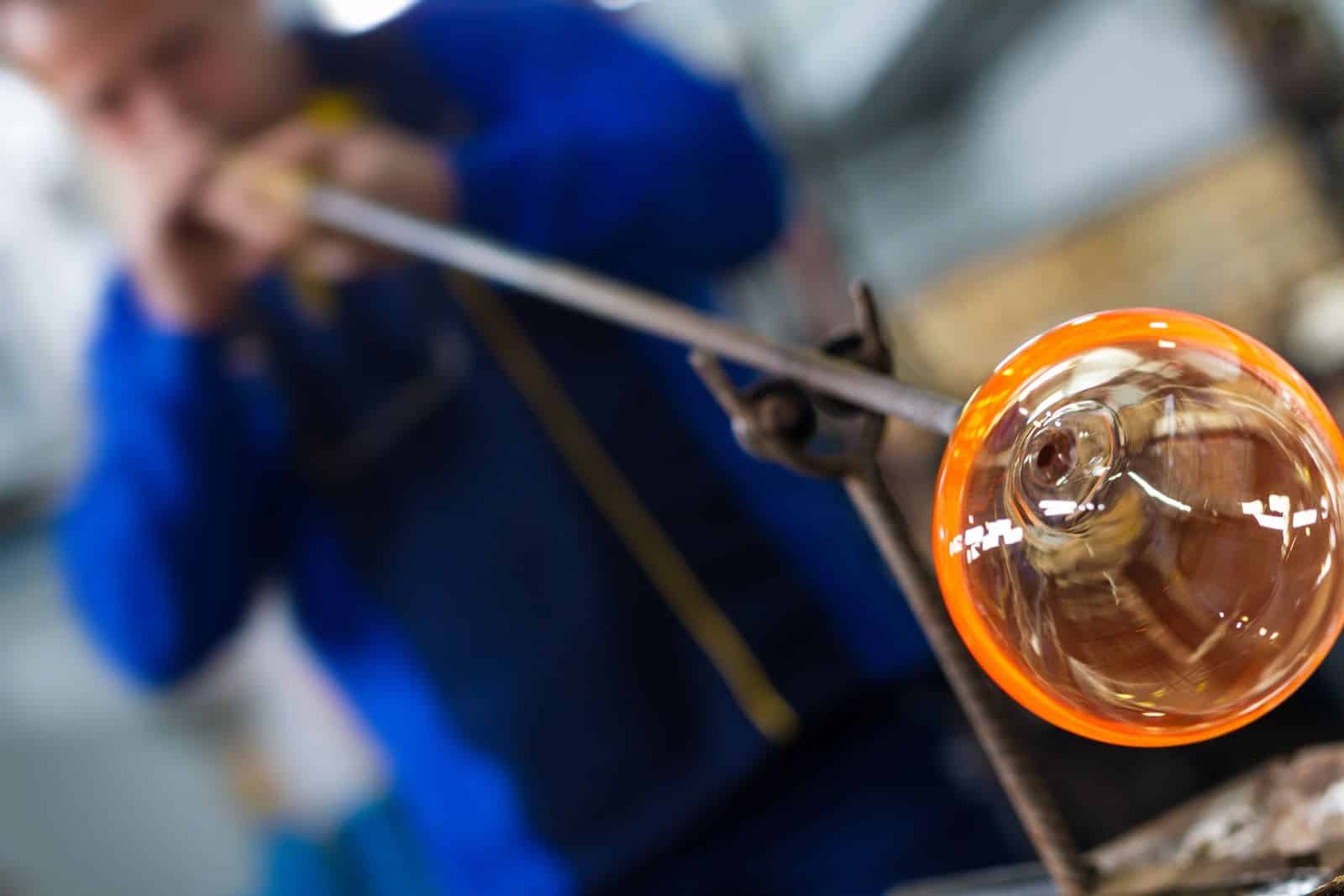
The closure of Pilkington’s St Helens plant in 2019 was a blow to Britain’s glass industry. Rising energy costs and global competition have declined UK glass manufacturing, with a 15% drop in production in 2022.
17. Coal-Fired Power Stations Closing
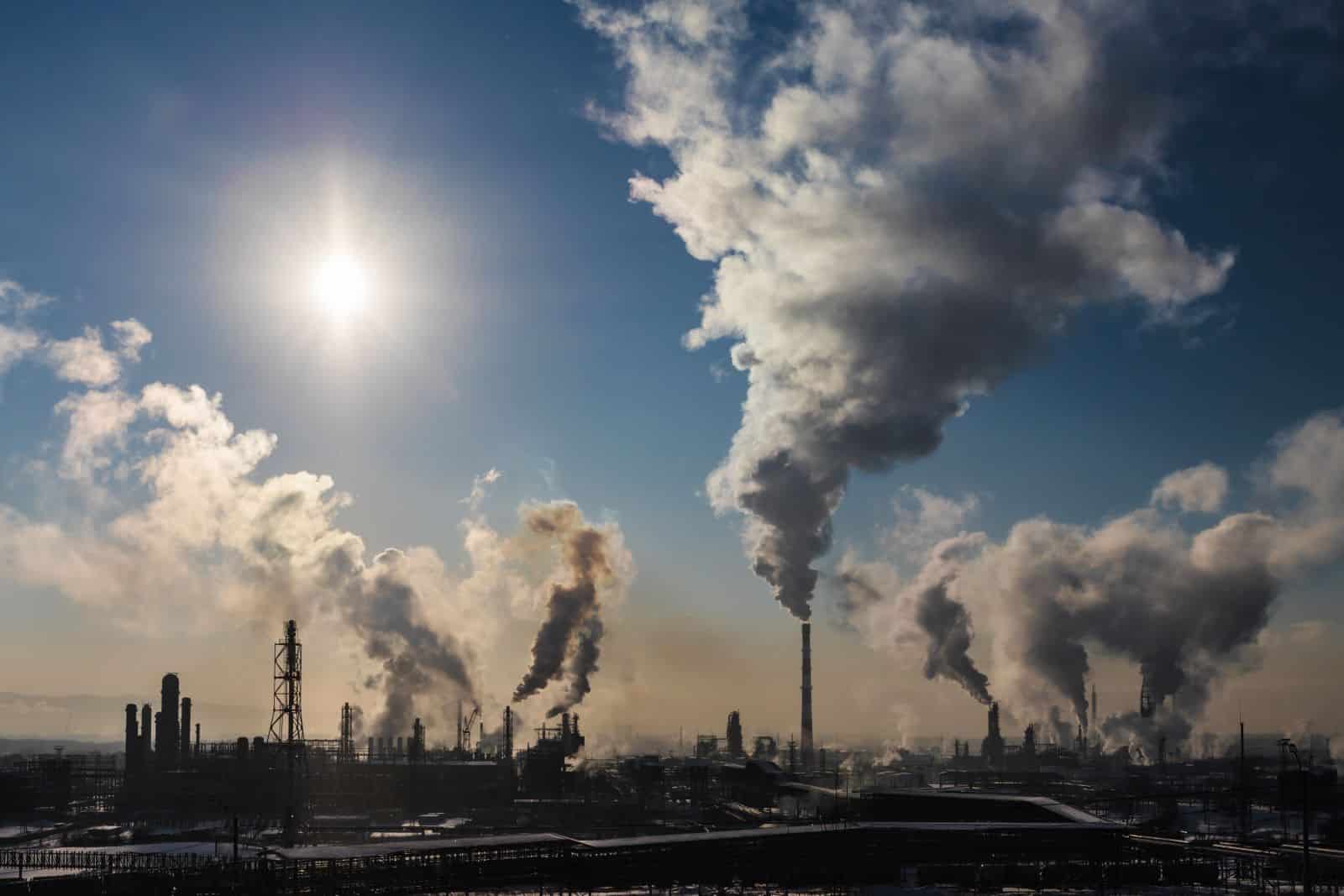
The UK’s last coal-fired power plants are shutting down. Drax Power Station’s coal units closed in 2021, and the government plans to phase out coal entirely by 2024, ending an era of coal-powered Britain.
18. Leather Industry Worn Out

Britain’s leather industry has shrunk by over 60% since the 1980s. Once-thriving tanneries in Northampton are disappearing as environmental regulations and cheap imports squeeze the life out of the sector.
19. Paper Mills Folding
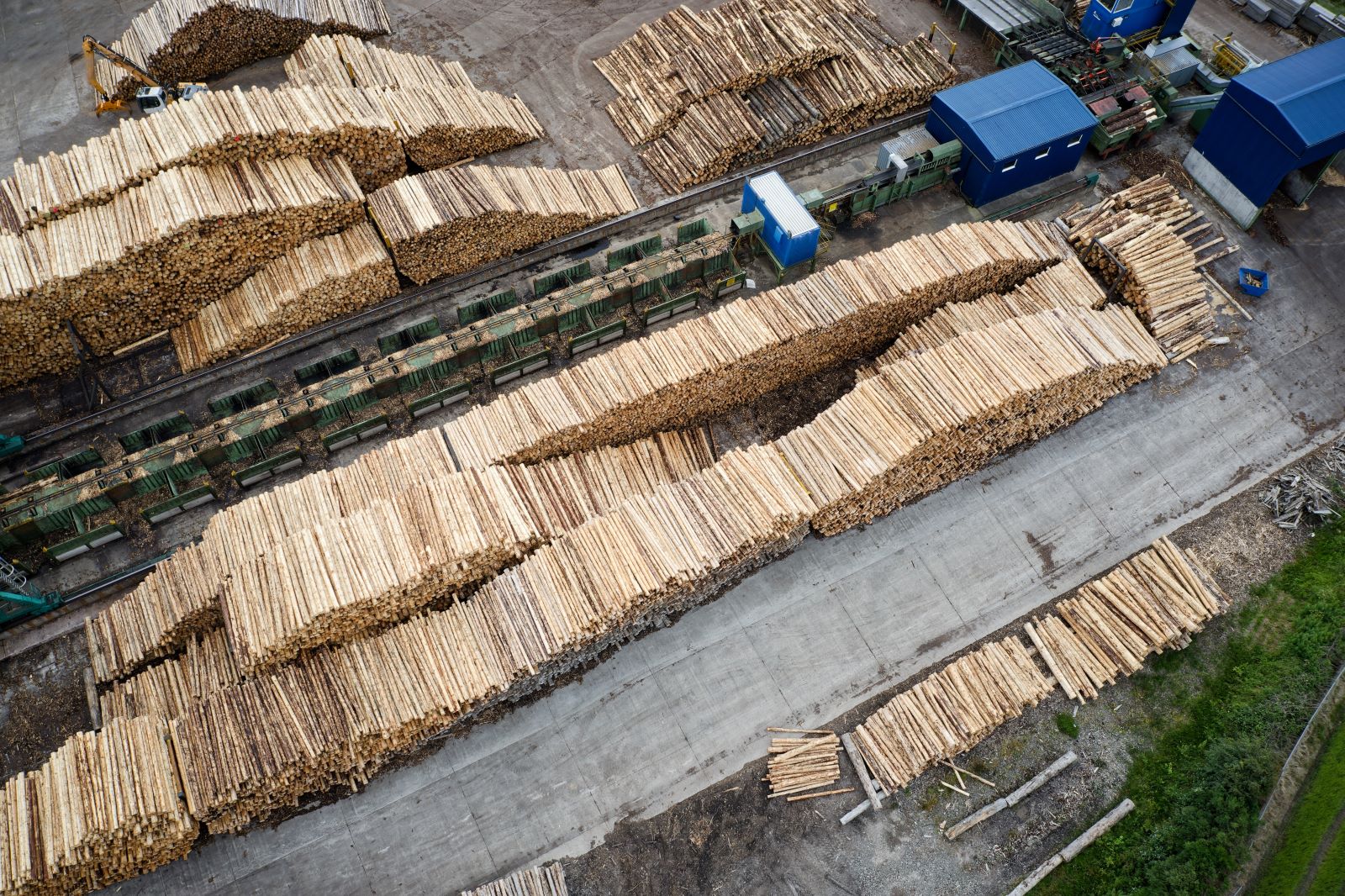
The UK’s paper industry is shrinking rapidly. Paper production has halved since the 1990s, and Stoneywood Mill’s closure in 2020 left hundreds without jobs. The digital age is taking its toll on traditional paper products.
20. Train Manufacturing Derailed

Britain’s train manufacturing is at a standstill. Bombardier’s Derby plant has faced cutbacks as competition from Europe intensifies. The future of UK train production hangs in the balance without stronger government support.
21. Wool Industry Unraveling
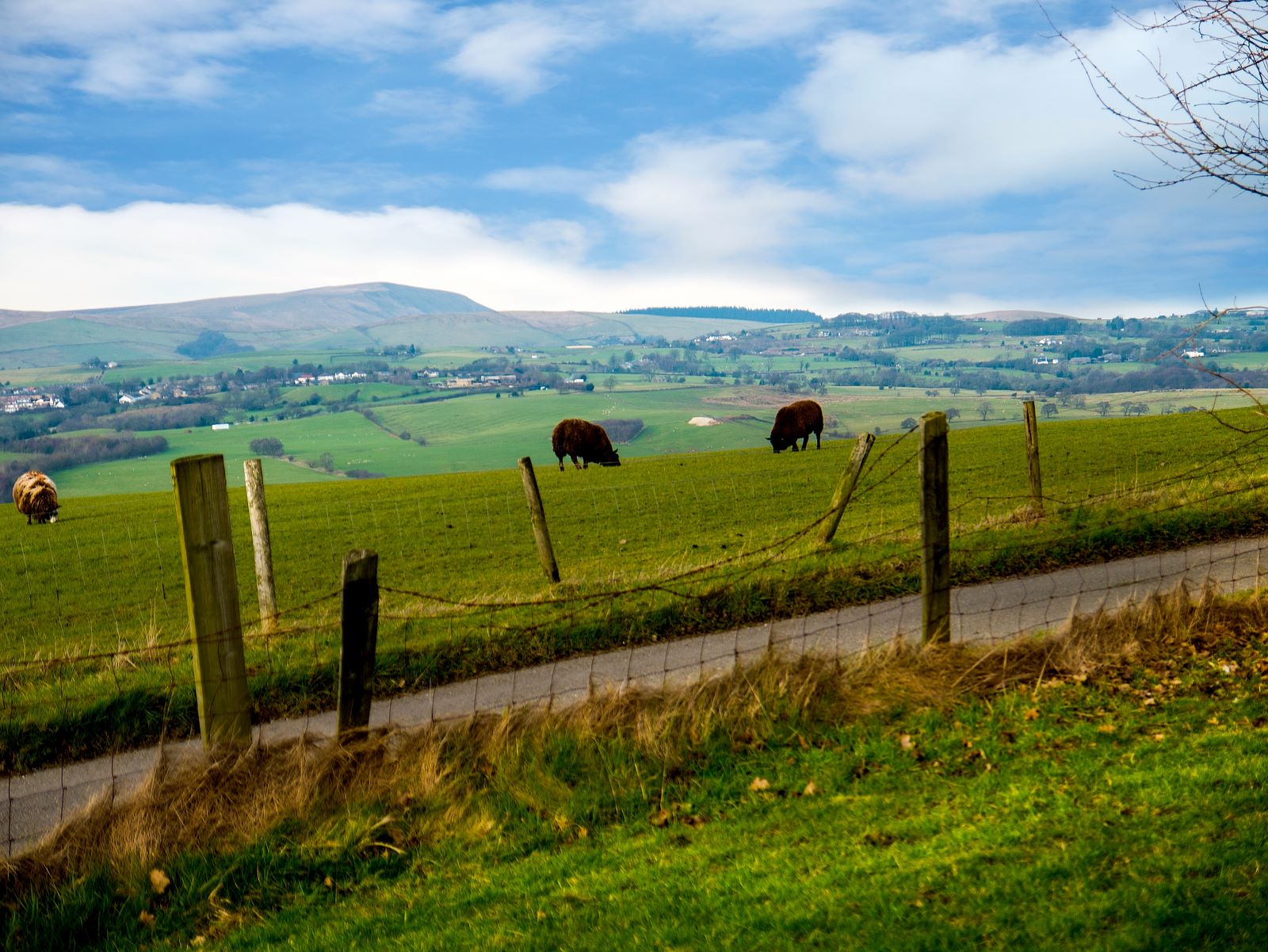
The UK wool industry is in decline, with the number of sheep farmers down nearly 30% since 2000. Plummeting wool prices have left farmers struggling to cover basic costs, and Yorkshire’s famous mills are now largely silent.
Is the UK Ready for a Post-Industrial Future?
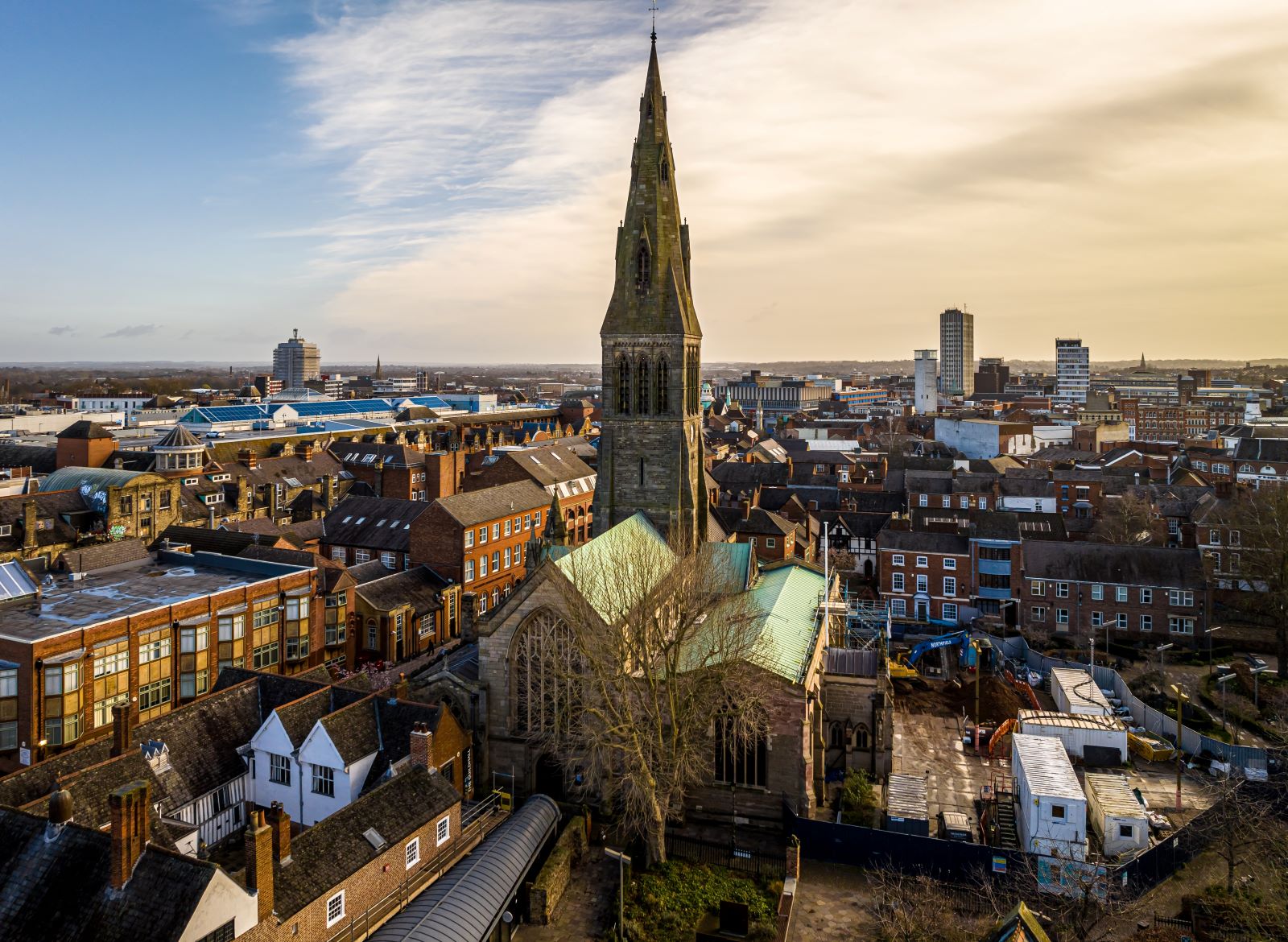
As Britain’s industries collapse, what’s left to replace them? Will the nation adapt, or are we heading for an industrial wasteland?
Featured Image Credit: Shutterstock / Eric Johnson Photography.
For transparency, this content was partly developed with AI assistance and carefully curated by an experienced editor to be informative and ensure accuracy.
The images used are for illustrative purposes only and may not represent the actual people or places mentioned in the article.

